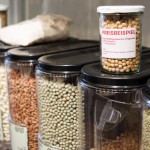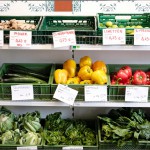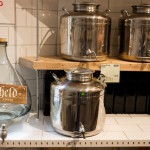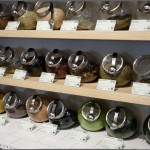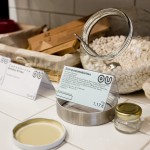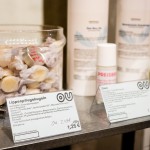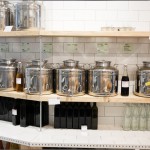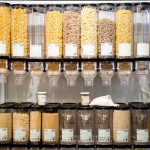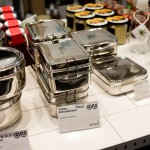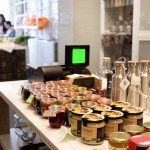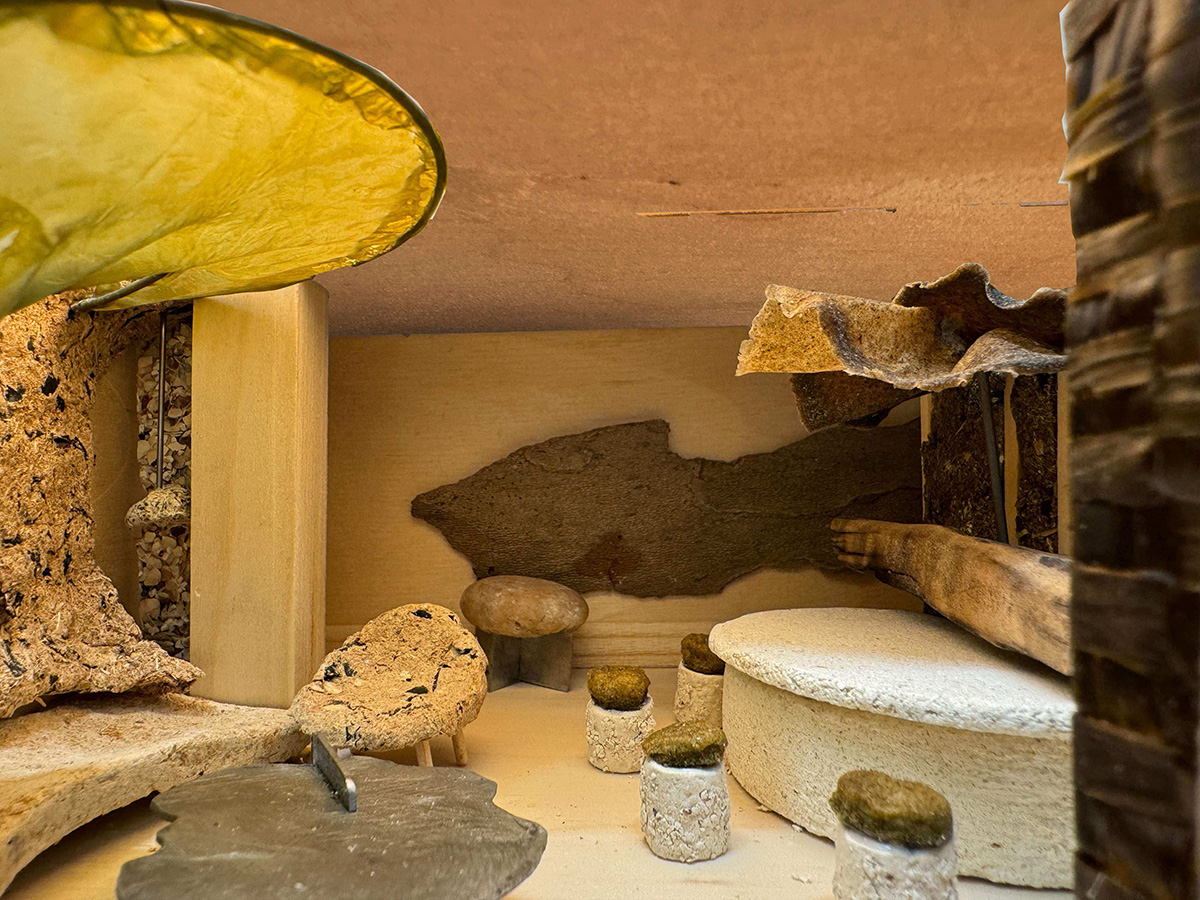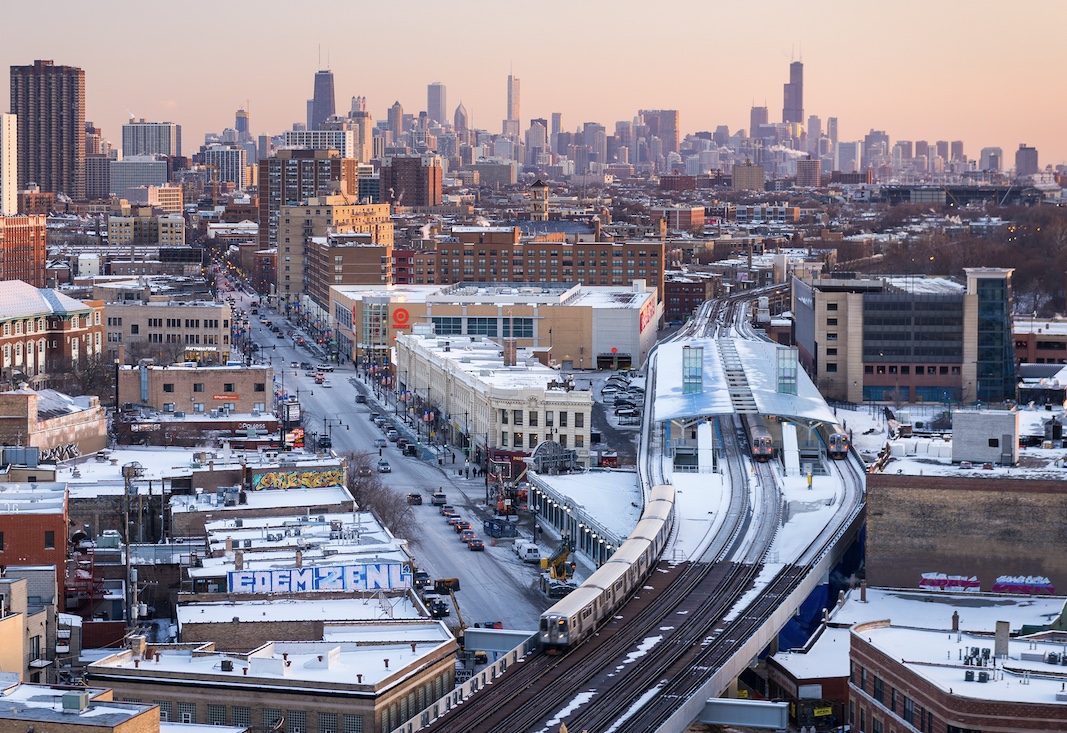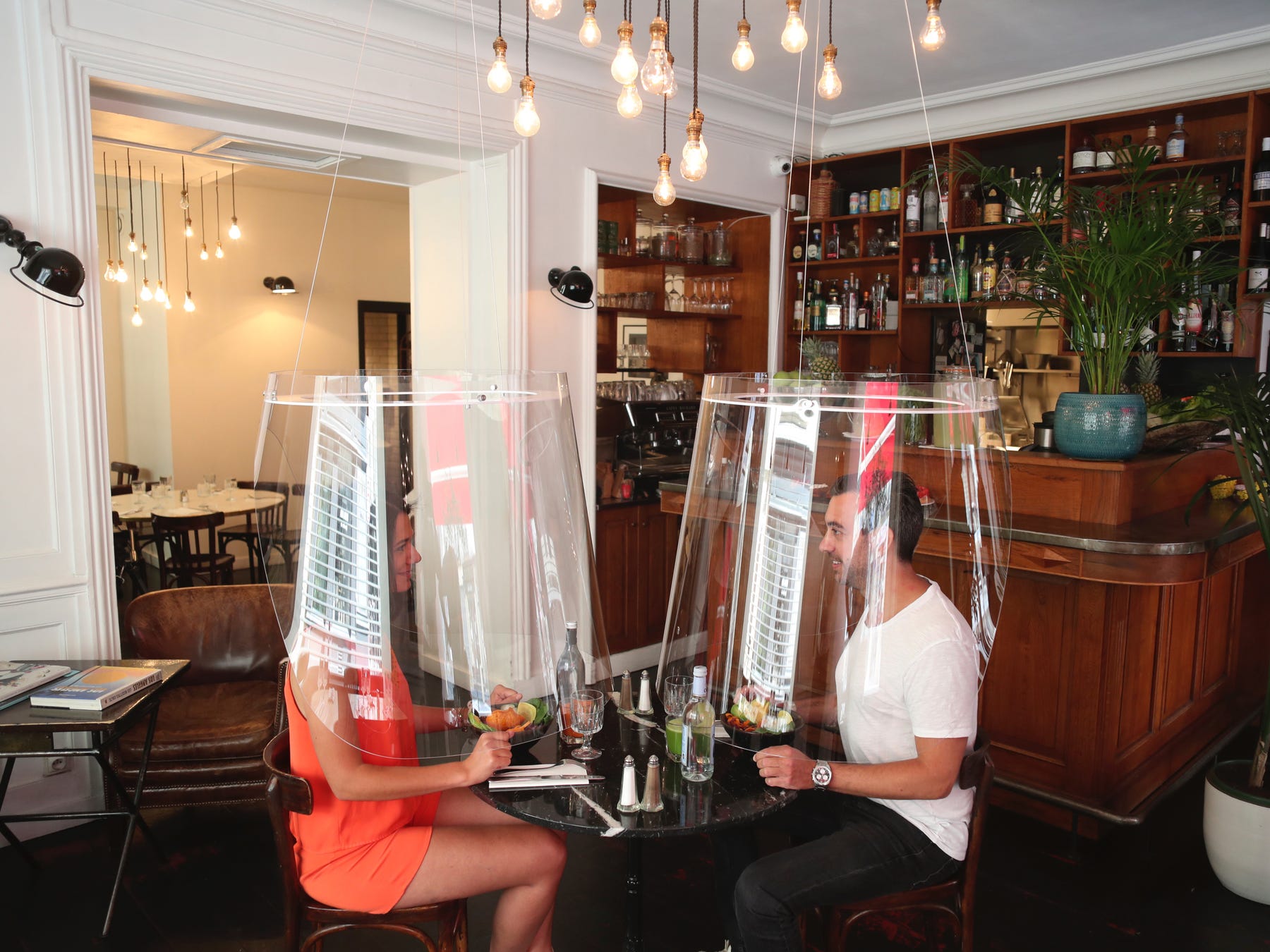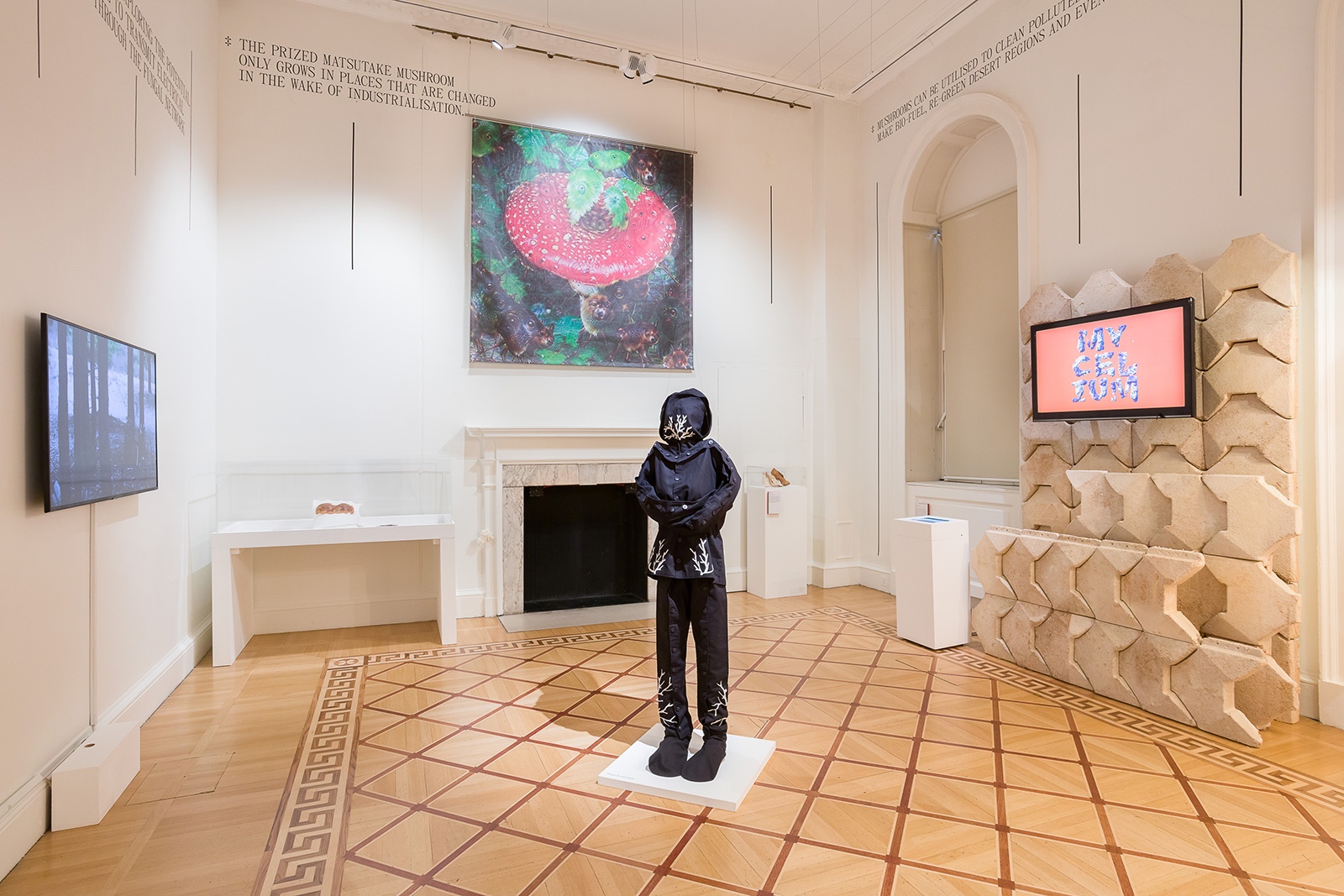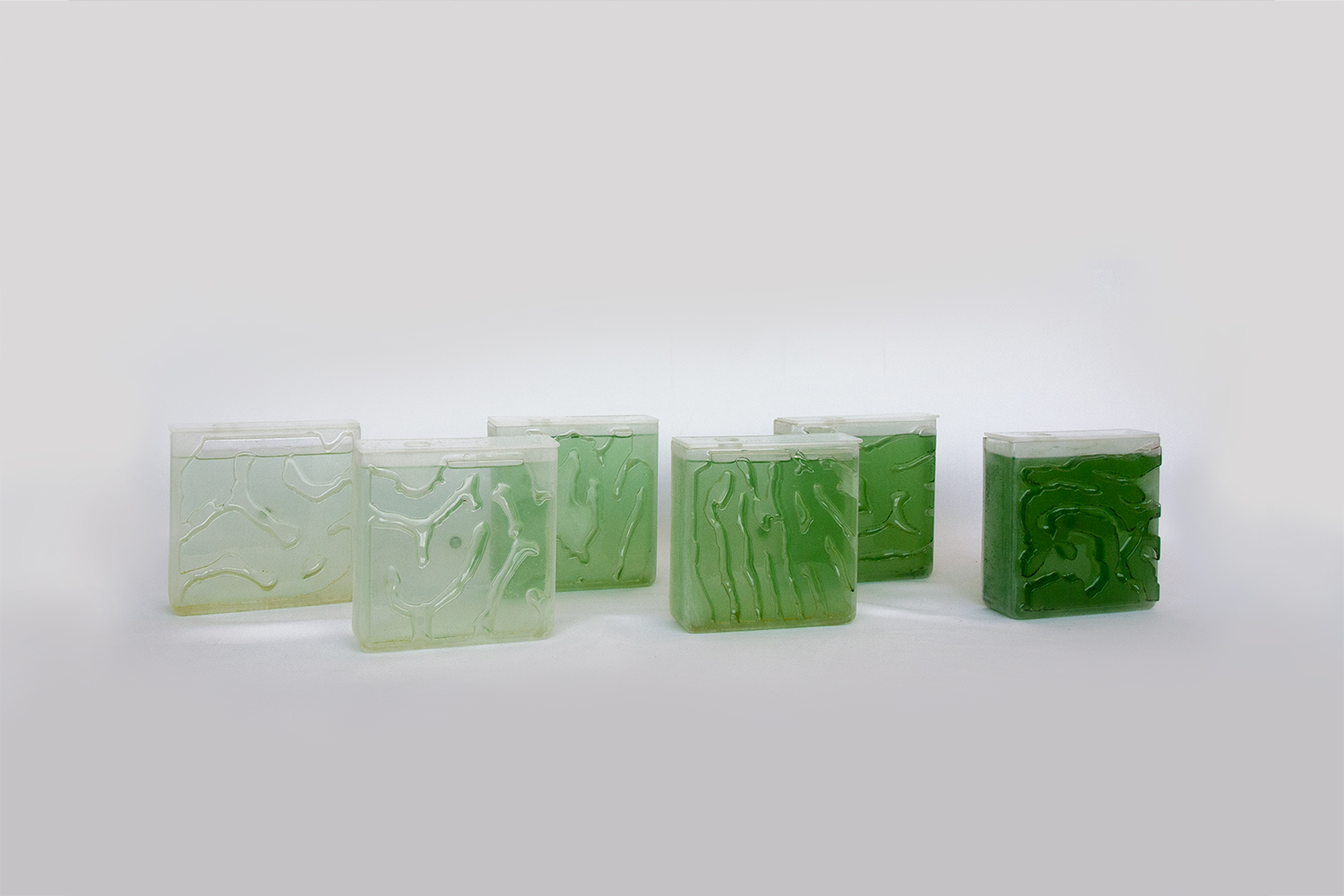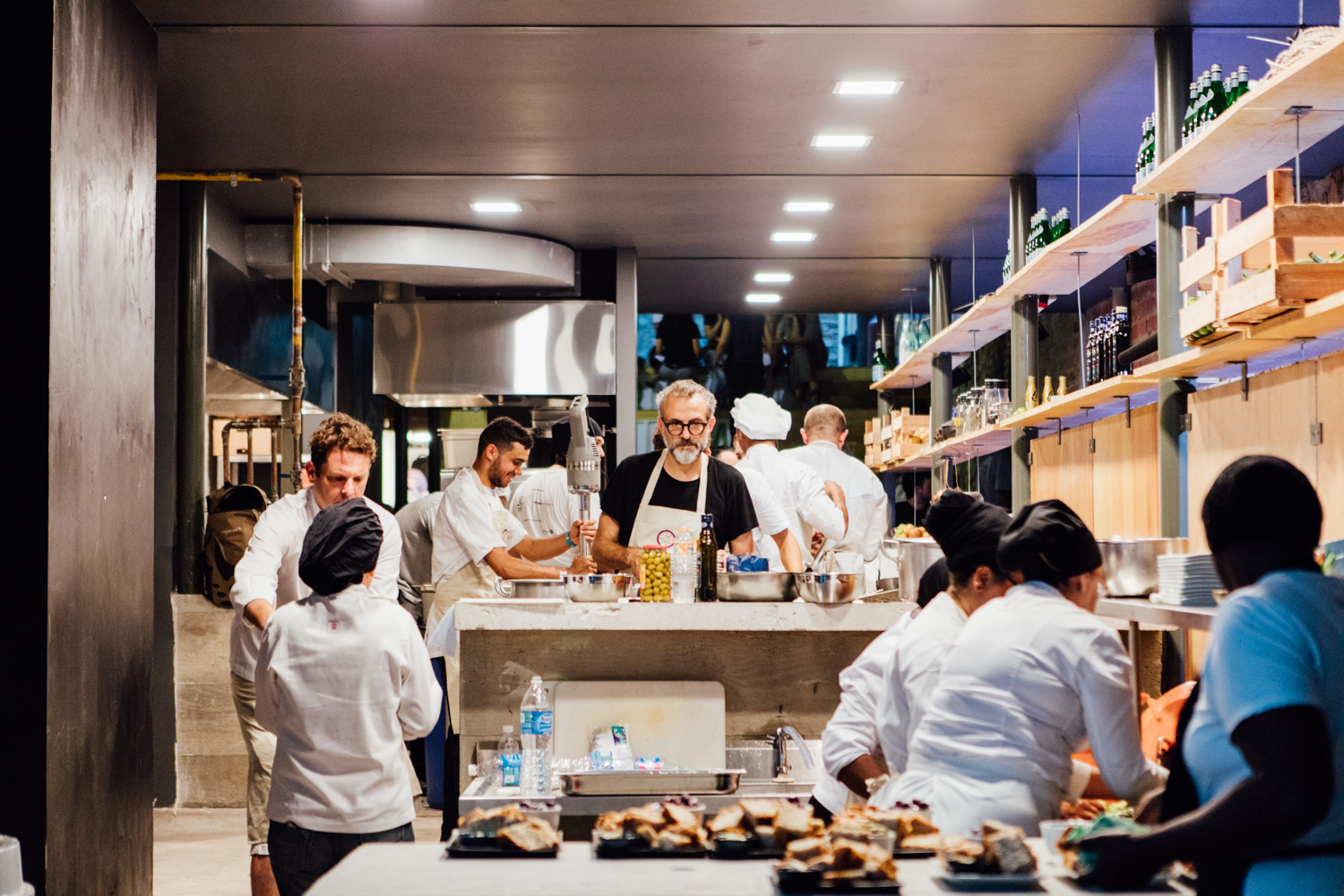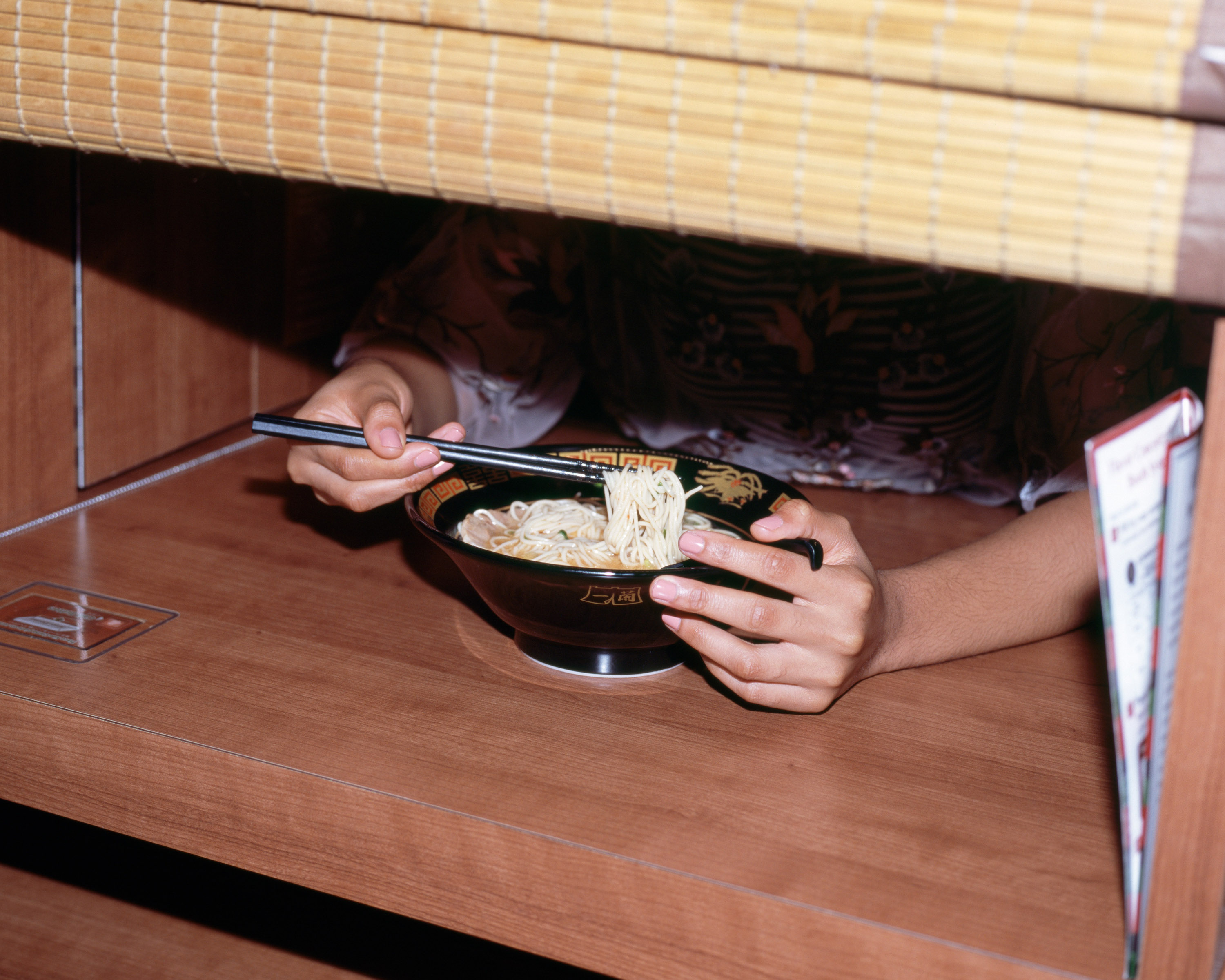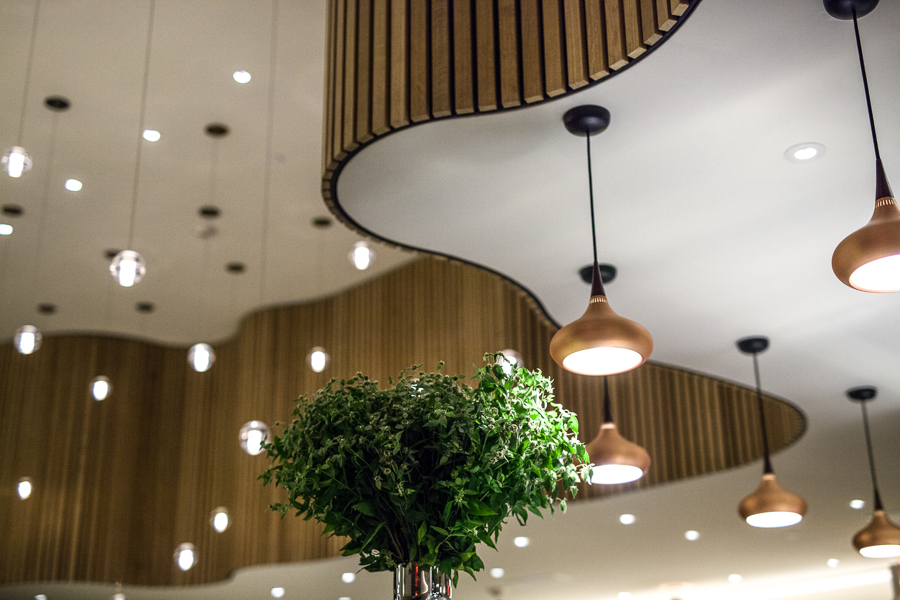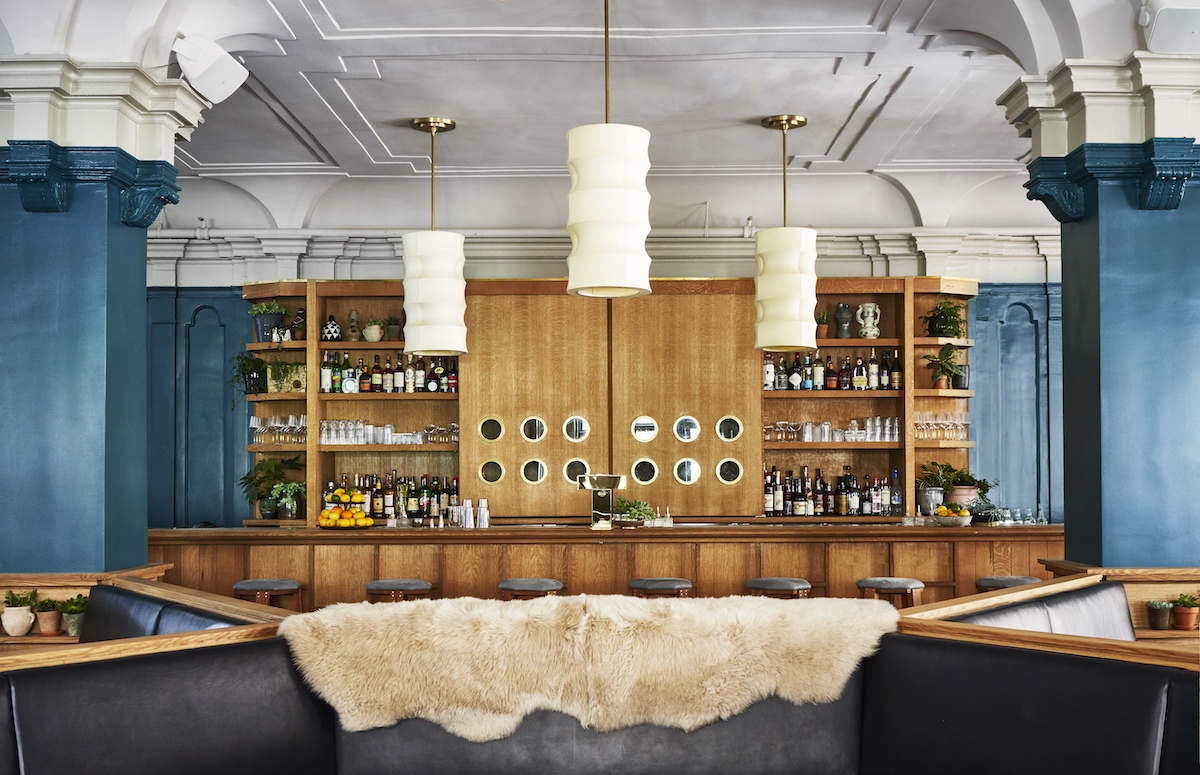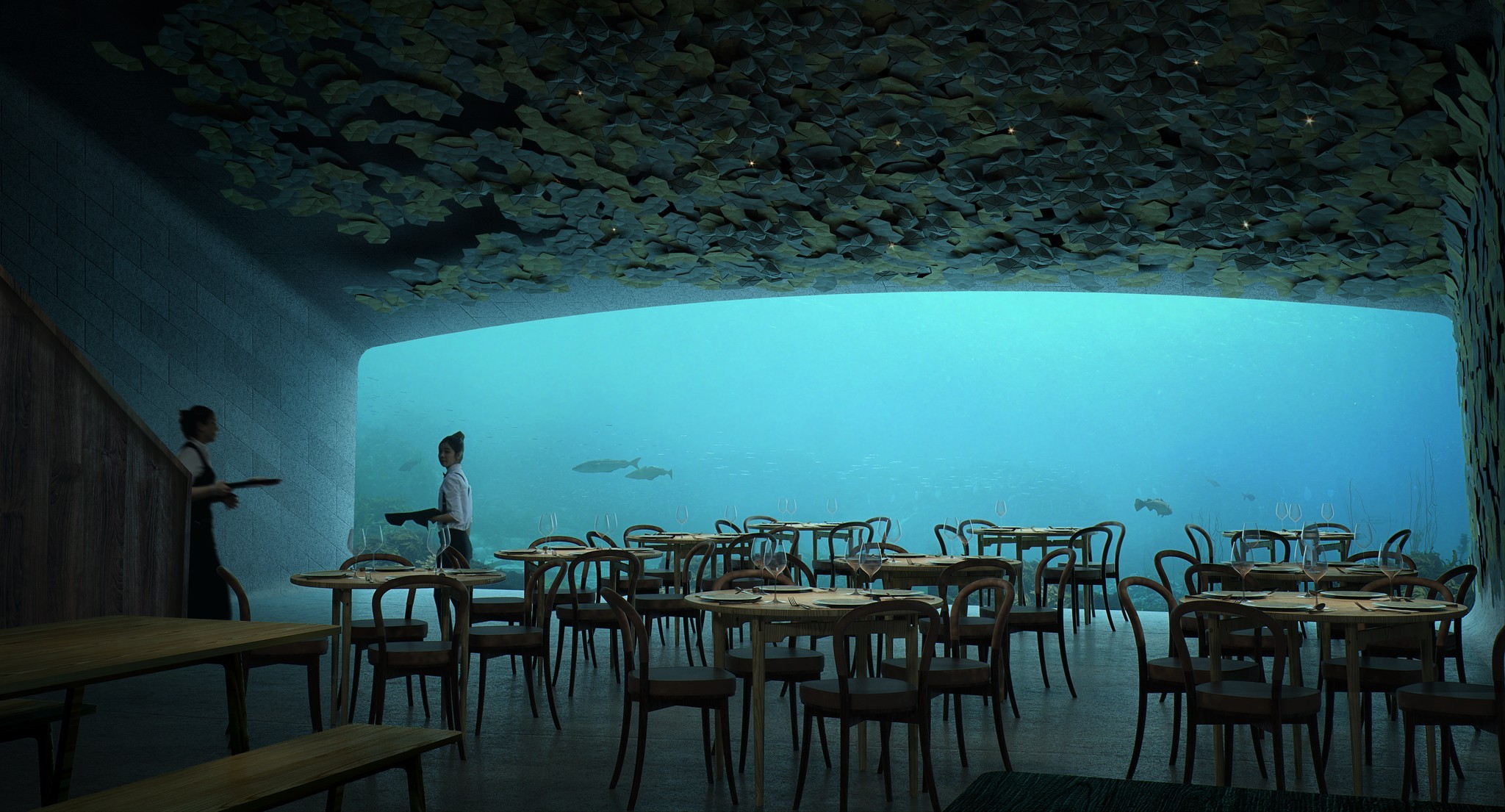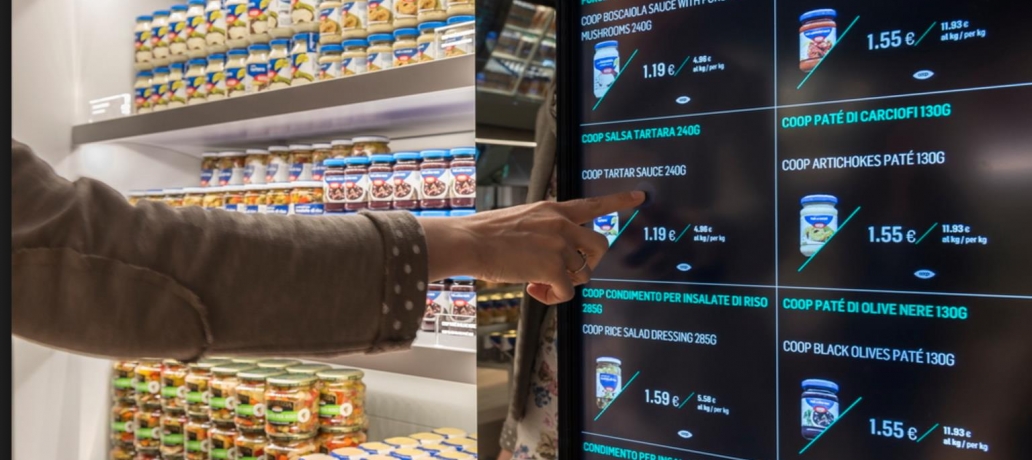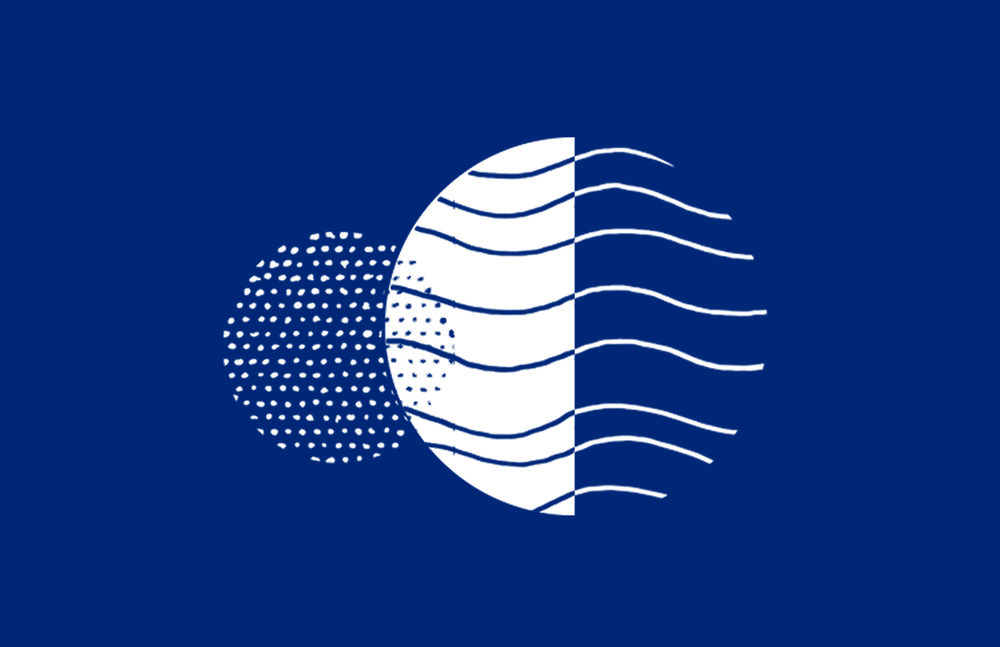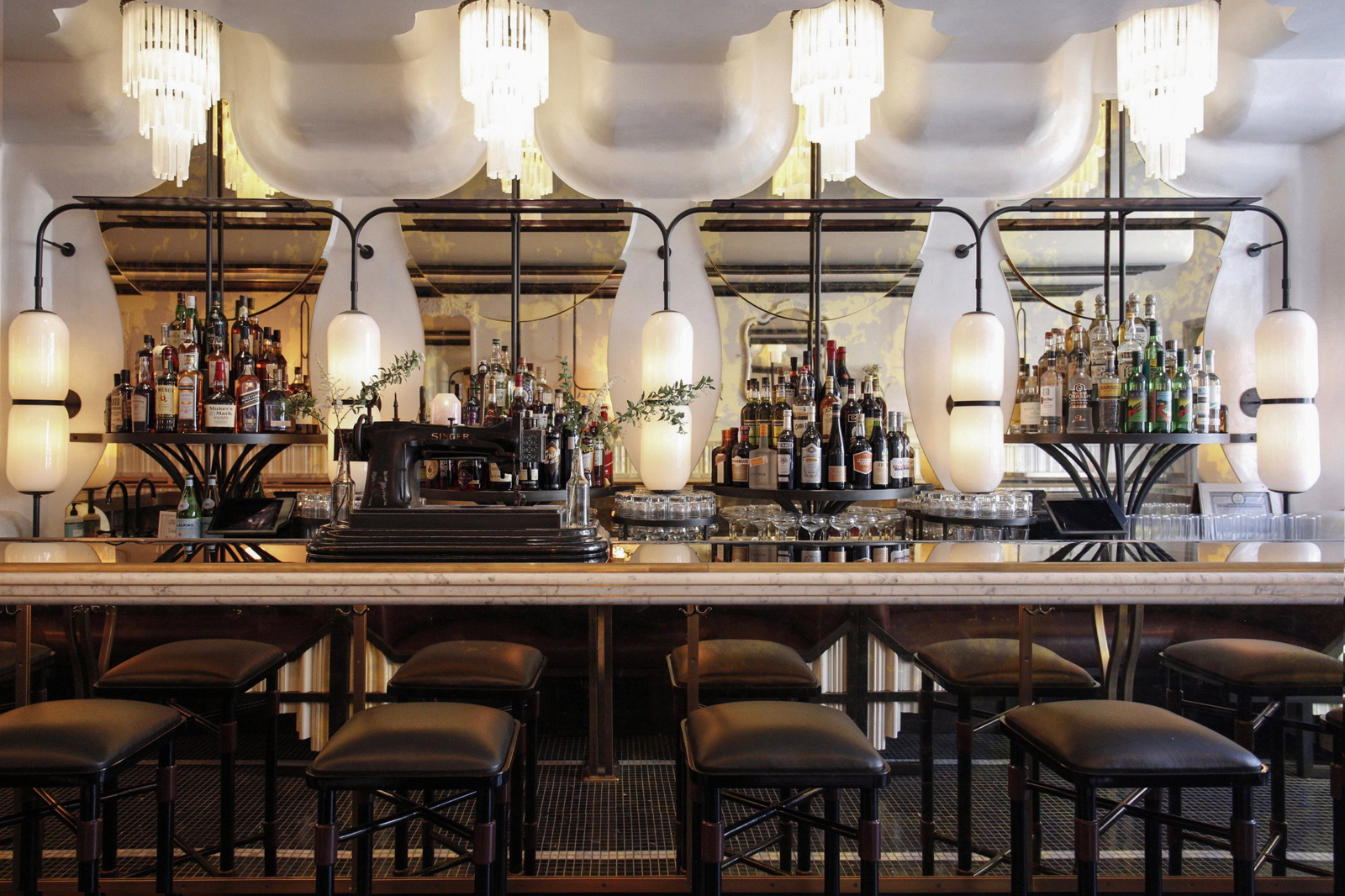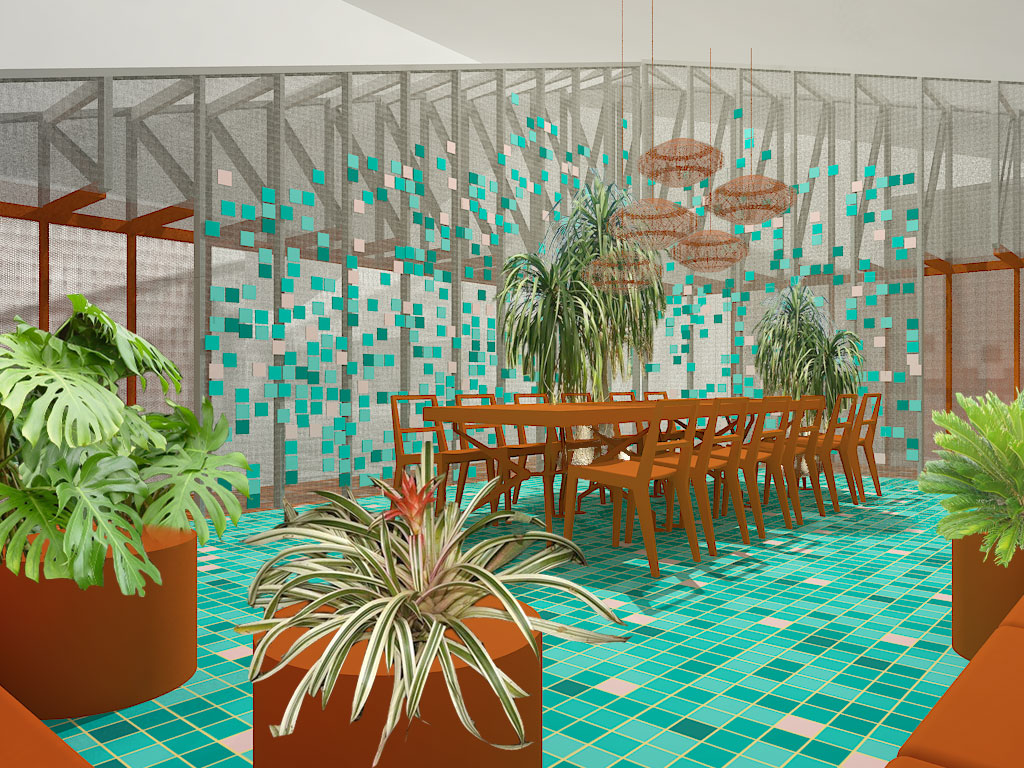A packaging-free grocery store is environmentally sustainable but is it economically sustainable? Six months after opening Germany’s first zero-waste grocery store, Original Unverpackt is proving that shoppers are ready for a logo-free, packaging-free shopping experience.
With over 600 ingredients and foodstuffs available for purchase, operating a zero-waste grocery store comes with a unique set of challenges. Not only do foods shed their familiar identifiers (brand colors, packaging structures, bold logos) but the ways they move from shelf to home becomes radically different. Shoppers are encouraged to bring their own bags and containers with them to OU but a range of re-usable jars and containers are also available for purchase onsite. “At the beginning many people where insecure about bringing their own containers. They only bought one or two goods and left again,” Sara Wolf, co-founder of OU told MOLD. “But by now, most people seem to understand that it’s completely up to them how they want to design their grocery shopping. It really is a question of creativity and imagination. Now they don’t shy away from bringing old rum bottles for their chia seeds or Pringle boxes for the spaghetti. It’s really just about showing them how it can work and seeing other customers do it.”
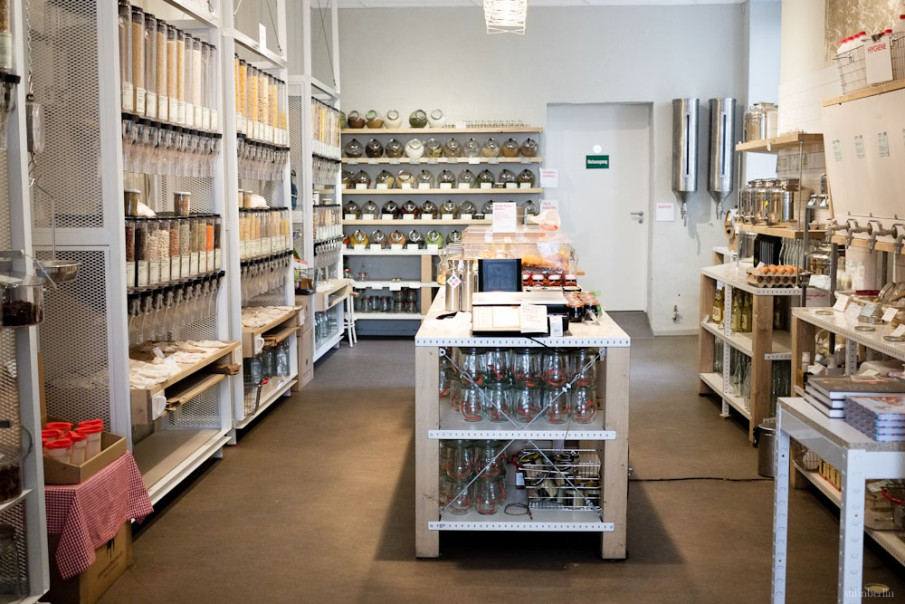 Images courtesy of Still in Berlin
Images courtesy of Still in Berlin
This watch-and-learn ethos is consistent with the origins of the store. While working in the marketing department for a vegan grocery chain, co-founder Milena Glimbovski identified a real problem with the excessive packaging waste. Working with Wolf, who has a background in project management and communication strategy at Fairtrade International and the United Nations, the two entrepreneurs began putting together their business plan in 2012. After winning recognition through the Berlin-Brandenburg Business Plan Competition, the partners went on to incubate their idea in the SAP Social Impact Lab before launching a successful crowdfunding project through SAP’s Startnext platform. With a solid business plan in place and financial support from over 4,000 potential customers in Berlin and beyond, the partners were able to raise twice their funding goal and open the doors to Original Unverpackt within four months of launching their campaign.
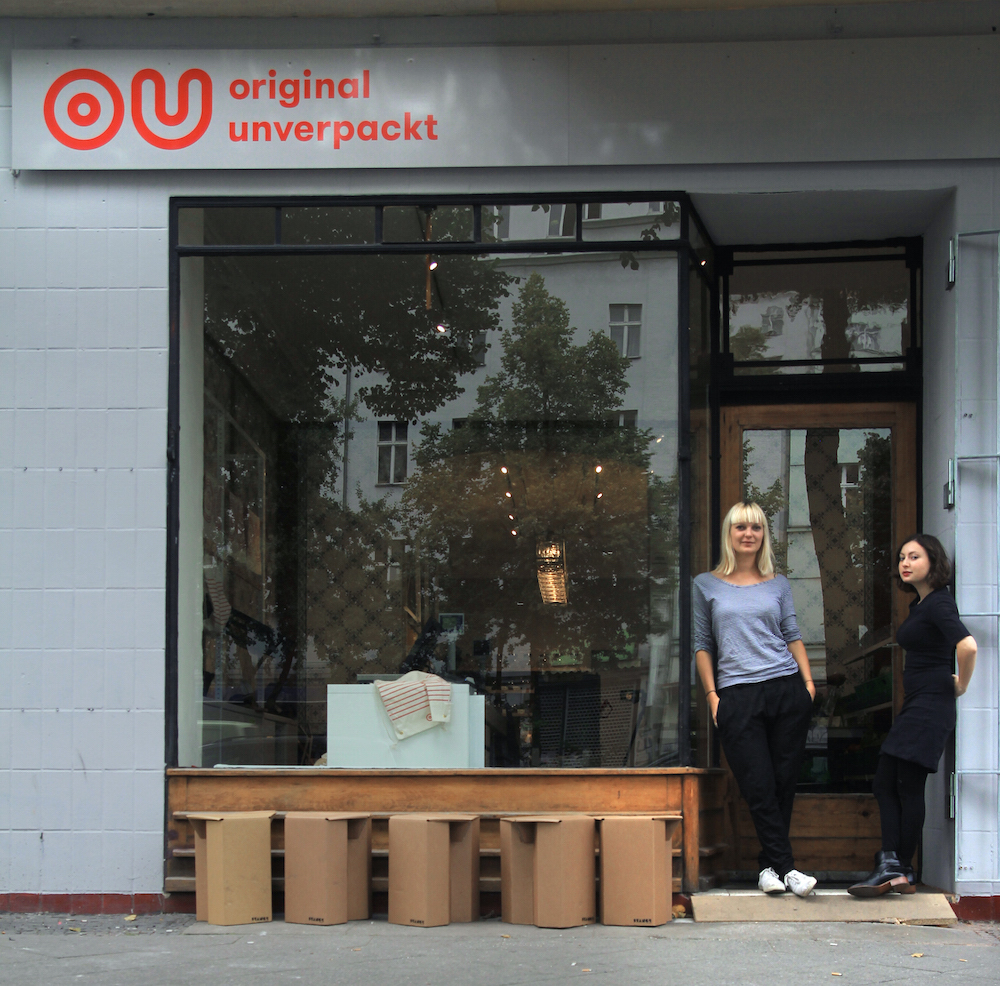 Sara Wolf and Milena Glimbovski outside of their Kreuzberg location. Photo by Jendrik Schröder courtesy of Original Unverpackt
Sara Wolf and Milena Glimbovski outside of their Kreuzberg location. Photo by Jendrik Schröder courtesy of Original Unverpackt
The idea of buying bulk product and passing the savings down to customers is not a new idea—everyone from ethnic grocers, grocery co-ops to mainstream retailers like Whole Foods have set a precedent for the experience. But imagine buying toothpaste, detergent, handkerchiefs and feminine hygiene products in the same manner. The store itself can also feels alien—bulk dispensers and bins, decanters and growlers replace the familiar rows of boxes, cans and shrink-wrapped goods we’ve come to associate with food.
Six months of daily operations has brought a lot of insight into how design and merchandising plays a role in the shopping experience and UO still functions as a testing ground for iteration and experimentation. “We use a lot of signage that explains the process of shopping,” Wolf shares. “Also the layout of the space is really important because you can’t rely on the usual ‘shopping psychology.’ Everything looks different and the products use the space differently. It’s a question of thinking it through over and over again and trying to understand how customers react.”
Shoppers can visit Original Unverpackt, Monday – Saturday from 10AM-5PM at their Kreuzberg location, Wiener Straße 16, Berlin. Don’t forget to bring your own bag!
